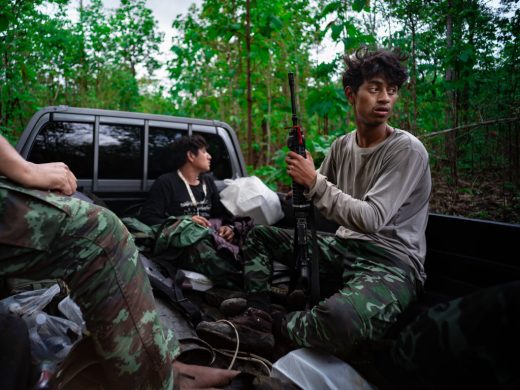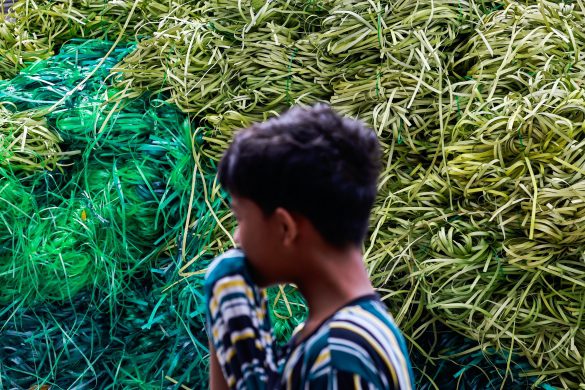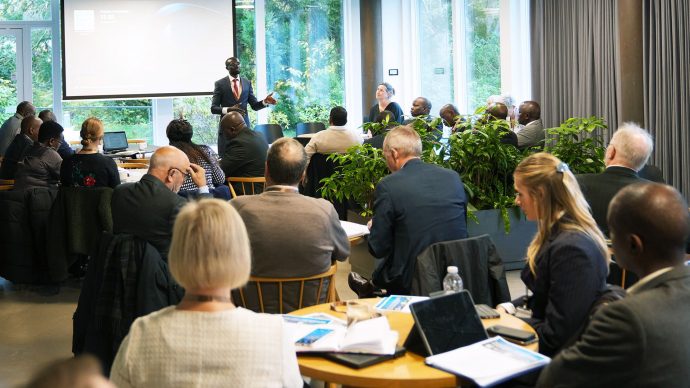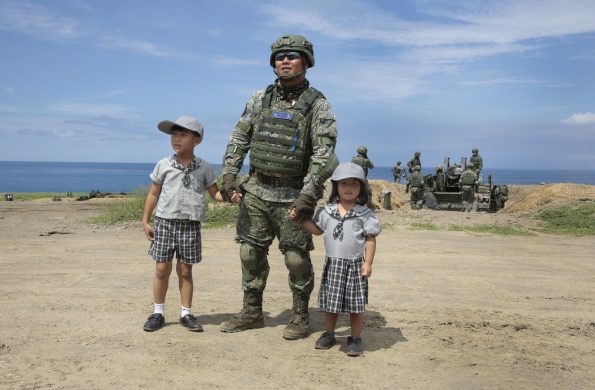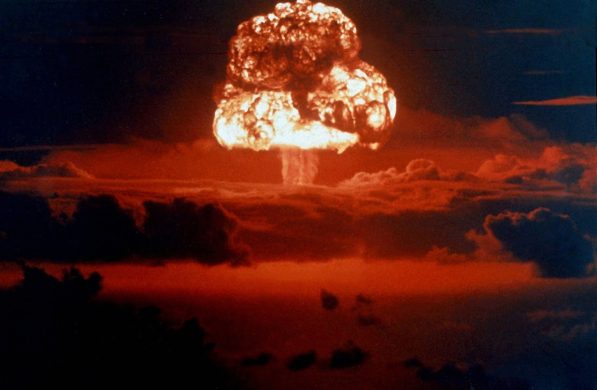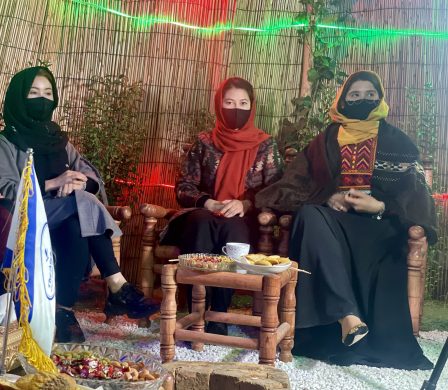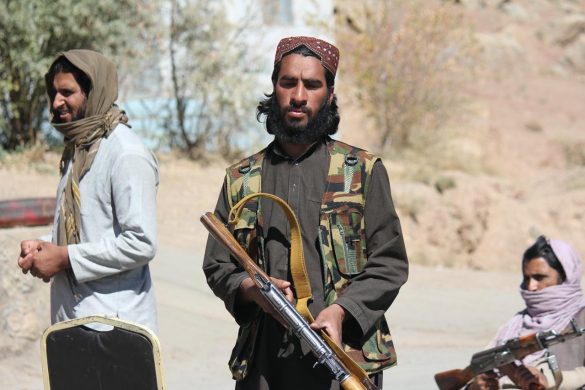Millions of livestock (husdyr) dead or in danger in Pakistan – Urgent need for animal feed to prevent further economic destruction
ROME, 20 August 2010: Millions of livestock have been affected by the floods in Pakistan and are badly in need of food and medicine, FAO said Friday.
Around 200.000 cows, sheep, buffalo, goats and donkeys have already been confirmed as dead or missing but the final numbers will be much higher, possibly into the millions.
If you count poultry (fjerkræ) losses, then millions of animals have already died with the entire poultry stock wiped out in some areas. FAO estimates that millions of surviving animals are now facing severe feed shortages, threatening generations of Pakistan’s livestock.
Many animals died because people had to leave them behind when they were rescued by the Pakistan military and other rescue services. – You can put chickens, goats and sheep in the boat and take them with you but you can not take a buffalo or a cow, said Simon Mack, Chief, FAO Livestock Production Systems Branch.
– In almost every picture you see of flood victims being rescued, someone is clutching a goat or a chicken, explained he.
FAO field staff report that in the Sindh province, flood victims are turning up at concentration points with large numbers of animals.
The floods have affected the most densely populated livestock areas in Pakistan. Livestock make up about half of agricultural GDP.
– Livestock in this country are the poor people’s mobile ATM (værdier), said David Doolan, Senior FAO Officer, in charge of FAO programmes in Pakistan.
– In good times people build up their herds and in bad times they sell livestock to generate cash. Every animal we save is a productive asset that poor families can use to rebuild their lives when the floods finally pass, added he.
The main priority – and challenge- is to get feed to those animals that have survived as much of the country’s traditional animal feed – straw and forage (halm og foder) – has been lost in the floods.
For buffalo and cattle, it is essential to enable the herds to rebuild quickly during the next breeding season.
It is also imperative to get medicine to animals that have fallen weak or sick because of the disaster.
The UN has asked for 5,7 million US dollar in emergency assistance for livestock and FAO has mobilized 1,4 million of funds for the procurement (indkøb/fremskaffelse) of feedstuff and for animal health vaccines. FAO will be asking for more money for this sector once the full scale of needs is clear.
– We are still trying to get a feel of how much feed is available in country as much of it has been destroyed. Then we have to transport the feed which is also challenging with so much of the infrastructure damaged, said Mack.
Where straw and fodder are available it can be supplemented with multinutrient feeding blocks which are produced in Pakistan. Animals can also be fed cereal grains, pulses (bælgfrugter) and by-products – such as bran (klid) – but these are also in high demand to feed the human victims of the flood.
Kilde: www.fao.org




